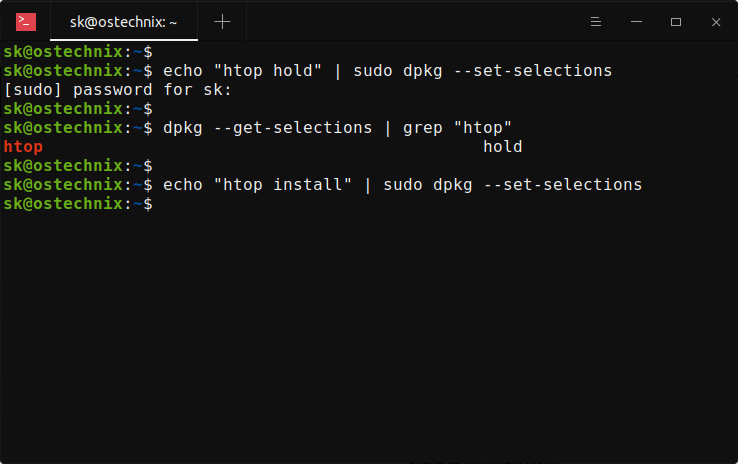


# dpkg-reconfigure -plow unattended-upgrades.The file /etc/apt//20auto-upgrades can be created manually or by running the following command as root: # editor /etc/apt//20auto-upgrades APT::Periodic::Update-Package-Lists "1".To activate unattended-upgrades, you need to ensure that the apt configuration stub /etc/apt//20auto-upgrades contains at least the following lines: You should at least uncomment the following line:Īutomatic call via /etc/apt//20auto-upgrades This section controls which packages are upgraded: # editor /etc/apt//50unattended-upgrades.The defaults will work fine, but you should read it and make changes as needed. The default configuration file for the unattended-upgrades package is at /etc/apt//50unattended-upgrades.

# apt-get install unattended-upgrades apt-listchanges.To install these packages, run the following command as root: Rudimentary configuration is accessible via the "Software & Updates" application ( software-properties-gtk). And there is always /var/log/dpkg.log, or the files in /var/log/unattended-upgrades/.Īs of Debian 9 (Stretch) both the unattended-upgrades and apt-listchanges packages are installed by default and upgrades are enabled with the GNOME desktop. If you plan to use it, you should have some means to monitor your systems, such as installing the apt-listchanges package and configuring it to send you emails about updates. The purpose of unattended-upgrades is to keep the computer current with the latest security (and other) updates automatically. Modifying download and upgrade schedules (on systemd).Automatic call via /etc/apt//02periodic.Automatic call via /etc/apt//20auto-upgrades.


 0 kommentar(er)
0 kommentar(er)
